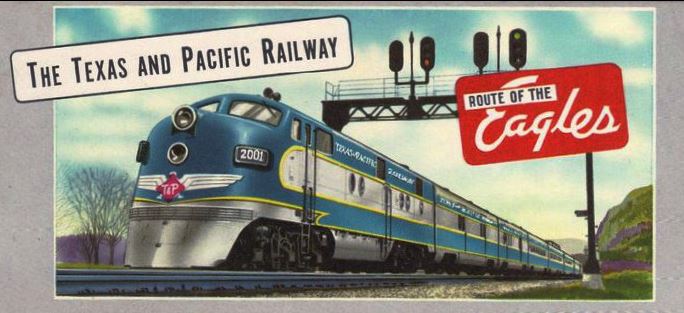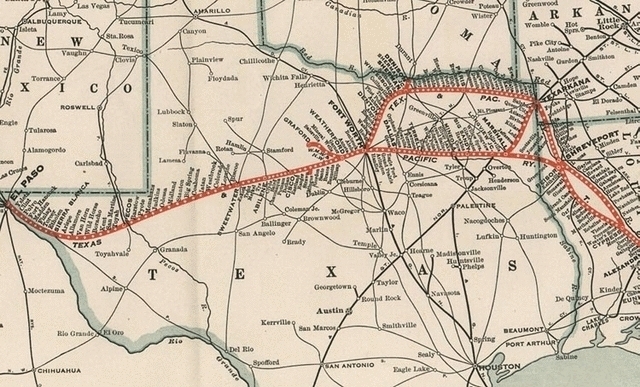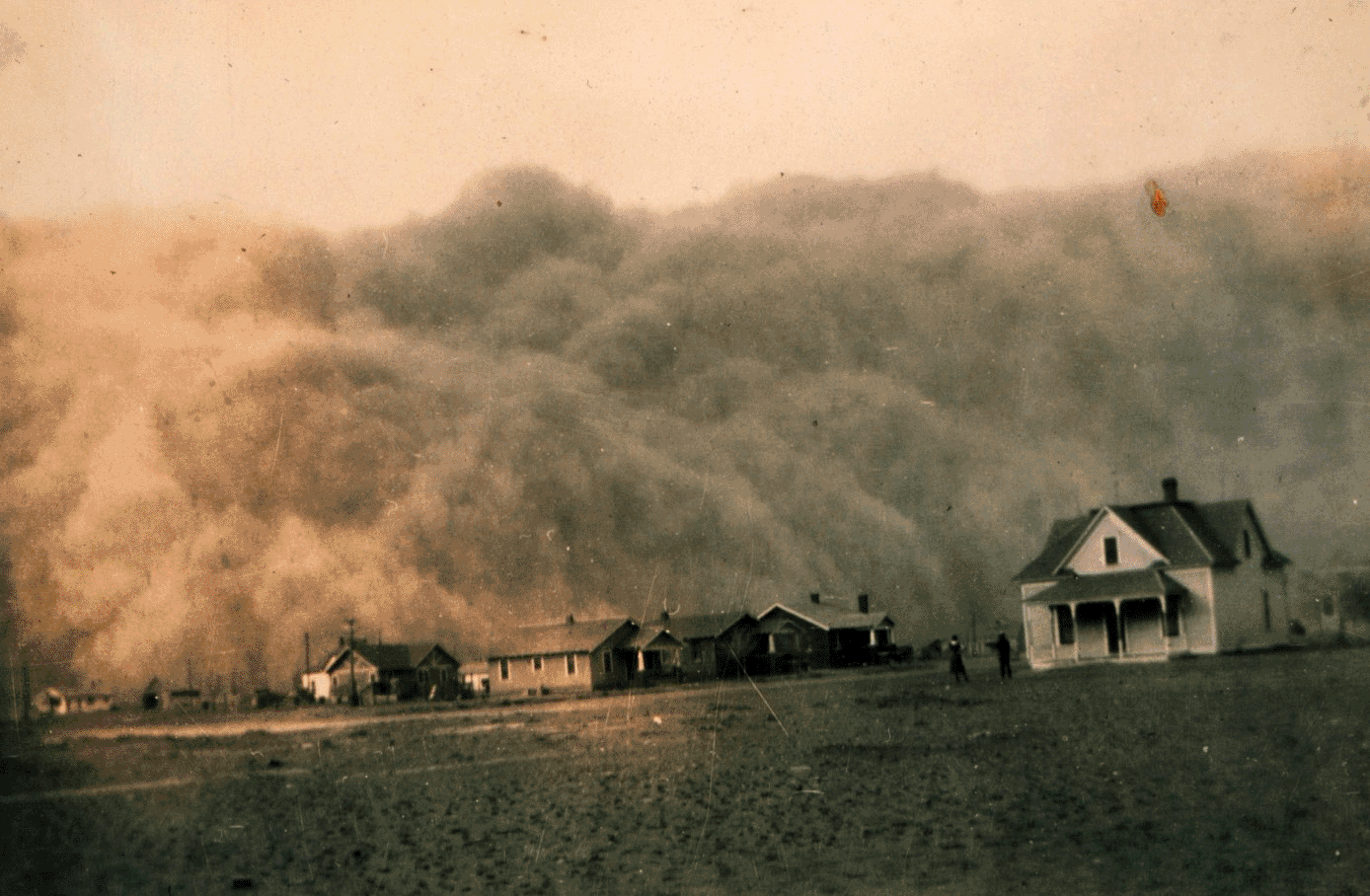This is my 500th blog post. My first post was on March 23, 2009, the first of three posts about deductibility of post-production costs from royalties. Since then I’ve written about post-production costs twenty-three times.
I decided to start this blog as a way to provide information about developments in oil and gas law of interest to land and mineral owners. Lawyers have continuing education requirements and attend seminars in their specialty where they hear other attorneys present papers on current issues in the law. But there are few such seminars for land and mineral owners, and legal seminar papers are not designed for laypersons. I couldn’t find any other blogs that provided the content I wanted. So I ventured into the blogosphere, a territory I knew little about. It has been a fun and productive ride.
When I began this effort the Barnett and Haynesville shales were booming, the controversy over environmental effects of hydraulic fracturing was bubbling up, and lawyers were just beginning to grapple with the legal issues raised by horizontal wells. Since 2009 the shale boom has revived the domestic onshore oil and gas industry and in the process changed the international politics of global energy production and supply. OPEC and Saudi Arabia have tried unsuccessfully to stifle the shale boom. Talk of peak oil has disappeared. Global demand for oil continues to increase in the face of the now-incontrovertible evidence of hydrocarbons’ adverse effect on our atmosphere. There are five-day traffic jams in China, and India has passed China in the rate of growth of oil consumption, increasing 8.3% in 2016.
 Oil and Gas Lawyer Blog
Oil and Gas Lawyer Blog





